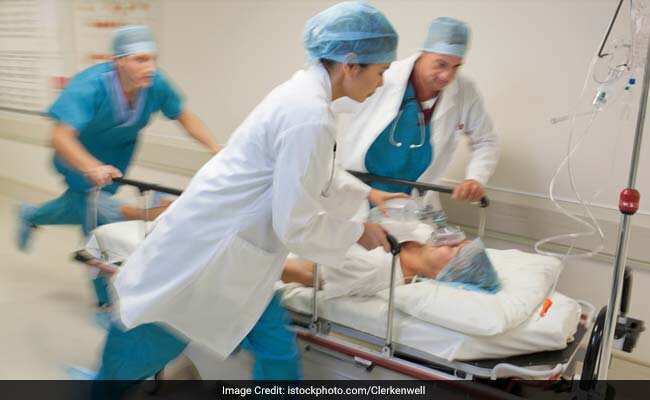Plague
What is it?
Plague is an infection caused by the bacterium Yersinia pestis. This organism is carried by rats and other rodents and spread by the bite of a flea (Xenopsylla cheopsis) or ingestion of the faeces of fleas through contaminated food.
What are the causes?
Plague usually begins with the rat carrying the bacteria. When a flea feeds on the infected rat’s blood, this organism begins to multiply inside the body of the flea. The flea may also bite other organisms such as dogs and man. When it bites it regurgitates its contaminated blood onto its prey, where the plague-causing organism enters the new host’s body through the mouth or an exposed wound. Plague may also spread from one infected person to another, through droplets while coughing. An epidemic may start this way.
What are the symptoms?
The symptoms vary with the type of the infection. There are three types of plague infection: Bubonic, Pneumonic and Septicaemic.Bubonic plague: In this case, the bacteria invade lymph nodes, which swell and are called ‘Buboes’. Blood vessels break, causing internal bleeding. This blood dries and the skin above it turns black hence it is called “Black Death”. Spread is slow from person to person, but the mortality rate is very high (upto 75%) in untreated cases. The signs of bubonic plague occur within 1-7 days of infection and include: Sudden onset of high fever Chills General discomfort, uneasiness, or malaise Muscular pains Severe headache Smooth, oval, reddened, painful swellings called buboes in the groin, armpits, neck, or elsewhere in the body Swollen lymph glands Seizures (fits)Pneumonic plague: The bacteria invade the lungs of the victim causing pneumonia. The lungs are filled with frothy bloody liquid. Other signs include: Severe cough Frothy, bloody sputum Difficulty breathing Chest painSepticaemic plague results in sudden and intense shock without signs of infections.
How is the diagnosis made?
The doctor may suggest the following tests to diagnose plague: Culture from the buboes Sputum culture Blood culture Lymph node culture
What is the treatment?
Plague can be effectively treated by giving antibiotics such as streptomycin, chloramphenicol, or tetracycline. Oxygen, intravenous fluids and respiratory support are additional treatments. Patients with pneumonic plague need to be isolated from other patients. People in contact with the patients of pneumonic plague are observed closely and may be given antibiotics as a preventive measure. Oral tetracycline is usually not prescribed for children whose permanent teeth have not erupted as it can permanently discolour teeth that are still forming.
What are the prevention?
Rat control and monitoring of the disease are the main measures used to control the risk of epidemics. A vaccination is available, but its effectiveness is not clearly established. Other preventive measures that should be adopted are: Keep food in closed containers Burn or bury garbage Use insect repellents on the skin Use Permethrin insecticide on clothing and bedding Spray or dust insecticides on floors inside and outside home Use traps or poison to kill rats Do not handle sick or dead rodents
Plague News More News
FAQ Related to Plague
................... Advertisement ...................
................... Advertisement ...................
................... Advertisement ...................
................... Advertisement ...................




















